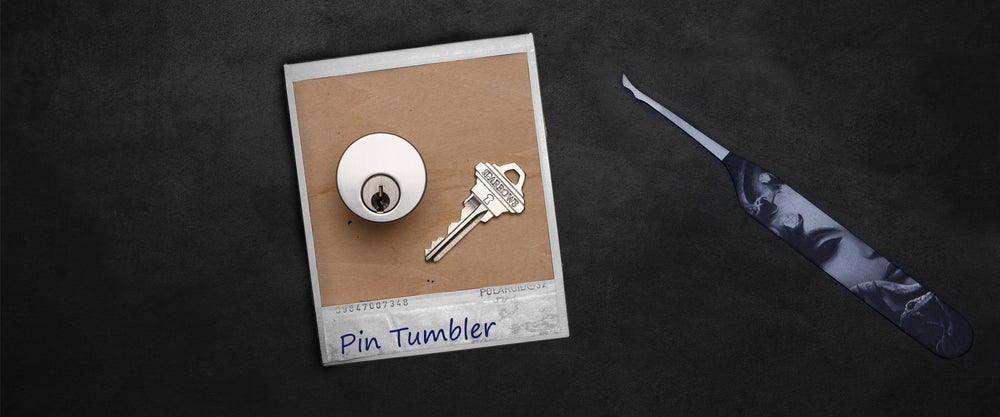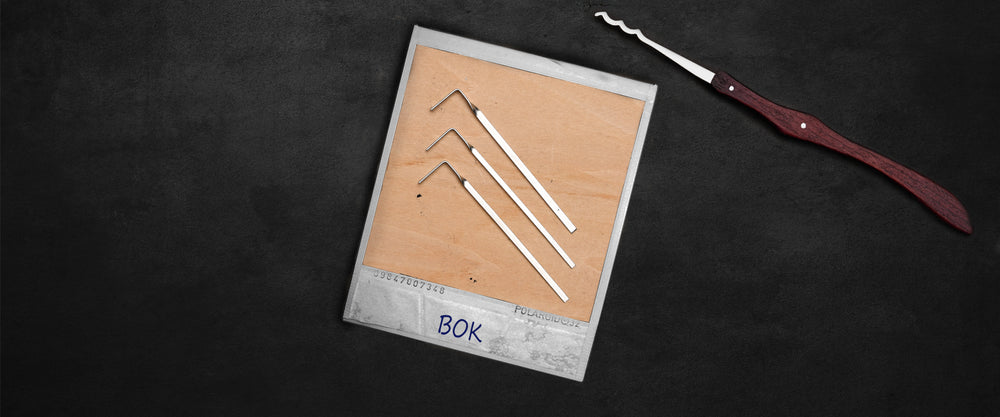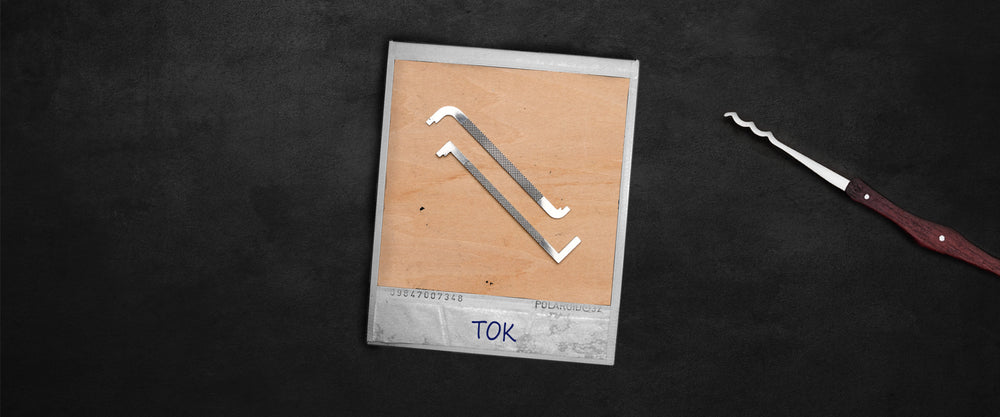Instructions
A Beginners guide to picking locks
So you’re interested in learning how to pick locks. Well you are in luck compared to the early days of learning this skill the ability to access information and quality tools has exploded. What wereonce guarded secretsnow flowfreely and the tools you used to have to make by hand are delivered in a few days.
With a bit of practice,a small set of tools and some locks you can be successfully picking low security locks within a few days of starting. It’s really not that hard to get started withjusta few tips. Where you take it though is up to you
Where to start when lock picking
The type of lock you should start with is a pin tumbler lock. Almost all padlocks are pin tumbler locks and all Sparrows PRACTICE LOCKS are pin tumbler locks. When you look at the key for one of these locks you will see a series of peaks and valleys cut into the key. When these move their way into the lock these peaks and valleys lift pins side the lock to certain heights. When they are all at the correct height the lock can open.
The goal of picking a pin tumbler lock is to lift the pins to the same heights that the key would allowing the lock to open. The number of pins in a lock will vary but for most front door locks it will be 5 for pad locks it can vary between 4 and 5. In some cases the model number stamped into the base of a lock can give it away.As an example the Master 140 has a 4 pinstacksand that 140 is stamped into the base of the lock.
How to hold a lock pick
With a set of LOCK PICKS and a LOCK to practice on you are ready to get started. Take yourpick and hold it like a pencil in your dominant hand. If you hold a pencil in your right hand you hold a pick in your right hand. Then hold your PRACTICE LOCK or padlock in theopposite hand. If you have a vise you can also put the lock into a vise but it’s not needed for low security locks.
How to use Tension wrenches when lock picking
Now time to select a TENSION WRENCH, these fall into two categories top of key way (TOK) and bottom of keyway (BOK). All SPARROWS lock pick sets will come with BOK tension wrenches. The fit is important here with a BOK tension wrench you want to select one that will fill the bottom area of the keyway but still allow room for your lock pick above it. If the wrench is too small it may spin freely, to large and you lose the room required to work your lock pick.
TOK tension wrenches often called FLAT BARS work from the very top of the keyway just in front of the pins. When you set a TOK tension wrench make sure the prong is not touching the first pin or you may experience some drag while trying to pick that pin.
Tension Control
One of the most overlooked skills to lock picking when you start is tension control. The amount of force you put on that little wrench will determine if the work you do with your lock pick will be successful. Too little and the pins will always move freely up and down. Too much and the pins will just be forced in to the wrong position. When starting the amount of force you should apply will be around half the pressure it take to press a key down on a key board. Almost always lighter is better. Avoid trying to force it open, this will not work. When frustrated relax your tension control hand.
Choosing a pick
It can be a little overwhelming when you look at all the different shaped picks that come with a set. When staring locate and focusand these four picks and explore from there. All of these picks will be in any of our BEGINNER sets
Single pin picking
For your first attempt at lock picking lets learn single pin picking and use a SHORT HOOK or OFFSET HYBRID. When you single pin pick you are lifting and setting one pin in the lock at a time. When you have the pins all set to the correct positions the lock will open. With a reasonable grip on the lock and a light touch with your tension wrench move the tip of your lock pick to the back of the lock. Now slowly pull the pick forward and let the tip of the pick touch the bottom of each pin. This will help you understand the locations of the pins and how many are in the lock. If you have a CUTAWAY lock you have the advantage of seeing each pin move as you feel out the pin locations. With an understanding of the locations and number of pins move your pick to the last pin and slowly lift it up. Feel for resistance of a “click”. If the pin gives the feeling of a click you have most likely set the pin in the correct position. If the pin feels like it just lifts up and down with little resistance you will need to try the next pin and revisit that one later. When picking a lock the order that the pins need to be lifted will be random. What you are relying on are very small differences in the manufacturing tolerances of the pins and the tubes they sit in. This will be different for every lock and for that reason there is no definitive pattern for lifting the pins in a lock. The most common method is to start and the back and work your way forward while remembering what pins you need to revisit. If after visiting each pin several times it still will not open release your tension and let all the pins drop resetting it so you can start over. A common mistake when starting is to lift the pins too high and over setting them in a way that the lock would never open. If you take a look at a key examine the height difference between the highest and lowest peak. Remember that when you arelifting pins insidethe lock, the movement is very small. Whenlockpicking focus on light tension and small movements with your pick.
Raking a lock open
Here we move from the small movements of single pin picking to the rapid actions of raking. The tension you use will be the same as always, just a light touch. The action on the pick is very different. To rake a lock open select a RAKE PICK like the triple peak or city rake and get it to the back of the lock. You want to quickly pull the pick out of the lock while the bumps of the pick impact the bottoms of the pins. This impact transfers the energy from the bottom of the pins to the top pins making them jump. During this jump a gap is created in the lock allowing it to open. You have a few options here some rake in one quick motion out and then reset if it was not successful. Others will quickly saw back and forth under the pins while ever so slightly varying the amount of force being applied to the tension wrench. Another option is to work just the back of the lock and then come forward and work just the front and cycling through these locations while adjusting the level of tension.
Practice your lock picking it’s a skill
Just remember like any skill this will take a bit of time. PRACTICE LOCKS can be a great assent in reducing the time it takes to lean this great skill. The lock picking community is very large and with a bit of searching you can find information on almost any lock you will come across. With the proper tools some practice and a willingness to explore anyone can learn how to pick locks. How far you take it is up to you There area lot of locks out there for you to meet










